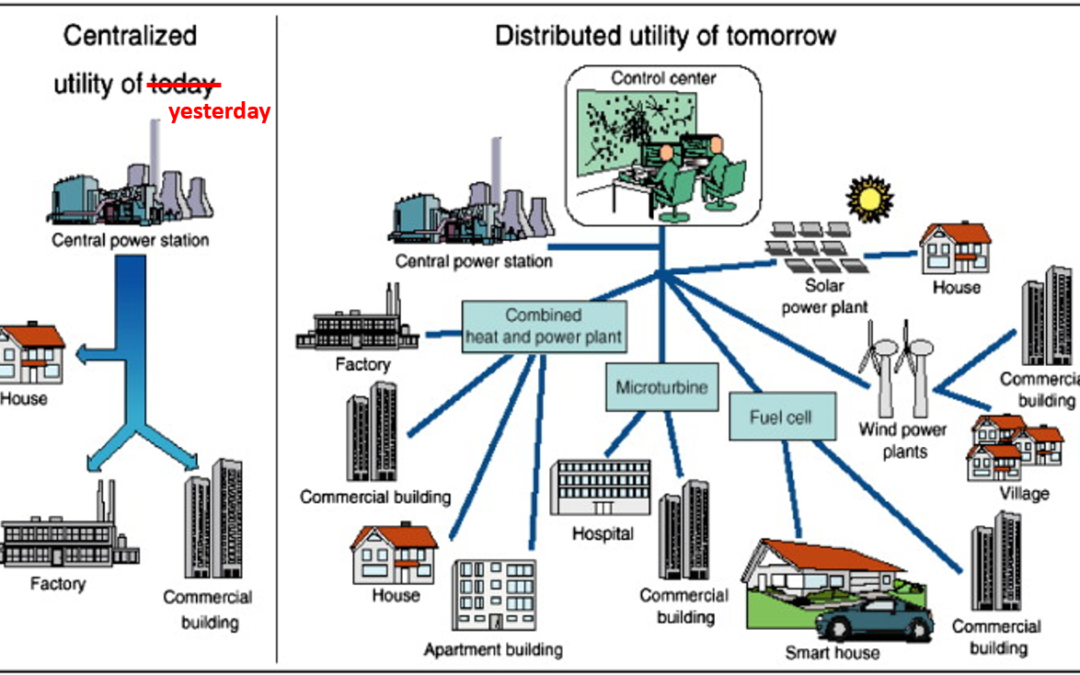At our MeetUp on January 28, three speakers talked about their experiences in installing and integrating distributed energy resources (DERs) in the grid and offered some fresh insights. We heard from Lowell Watros and John Franzino of GridSME (“Grid Subject Matter Experts”) and Tim McDuffie of Smarter Grid Solutions. Here are some of the highlights of that very interesting discussion:
- The need for much faster-response assets on the grid has been growing enormously and it has been hard for DERs to keep up.
- By the nature of the DERs and the number of entities involved in managing them, the DERs need to be connected to the internet. Connections over dedicated communication lines is just not practical.
- As a result, there is a critical need for excellent cybersecurity.
- For DER assets deep in the distribution system and often in rural areas, communication may be dependent on RF systems, which are slow and noisy. This limits what those resources can do and be compensated for.
- DERs are not being fully compensated for all the value they bring to a system such as capacity value in addition to energy value, and the value of avoiding distribution system upgrades. However, there is still concern over the reliability of DERs providing those values and with a quick enough response.
- There is a big gap in the systems and protocols for effective DER management that is holding back the next wave of DER investment and installations. Europe is probably ahead of the US in creating such systems.
- The US systems are a hodge-podge of rules for DERs and there is not enough motivation to create consistent rules and procedures with full compensation for the values provided
- There may be an emerging role for more flywheel systems as very fast-response assets within DER systems. This is different than using flywheels for energy storage in competition with batteries. Flywheels can inject of absorb power very quickly, smoothing-out fluctuations from DERs in very short intervals.
- There is a new horizon in integrating more behind-the-meter DER assets into the distribution grid, but it will require excellent communication systems and fast response equipment. Tim McDuffie specifically talked about a project to enhance the reliability of service to the Hoopa Valley Tribe east of Eureka which sits at the end of a long, single distribution feeder.
We could go on and on with all of the insights packed into this 90-minute discussion, but you can learn all about it by checking out the video. One participant who had been with a number of utilities and dealing with DERs said he found the panelists much more knowledgeable and thought-provoking than he had seen with other online discussions. That’s high praise and a good indication of why you should play the recording. This is such a hot topic, we have had three prior sessions on it and likely will have many more.
Many thanks to our panelists and to all those who joined in.
Stay Connected

ABOUT THE AUTHOR
Gary Simon is the Chair of CleanStarts Board. A seasoned energy executive and entrepreneur with 45 years of experience in business, government, and non-profits.
CleanStart Sponsors
Weintraub | Tobin, BlueTech Valley, Revrnt,
Moss Adams, PowerSoft.biz, Greenberg Traurig, Momentum,
College of Engineering & Computer Science at Sacramento State


